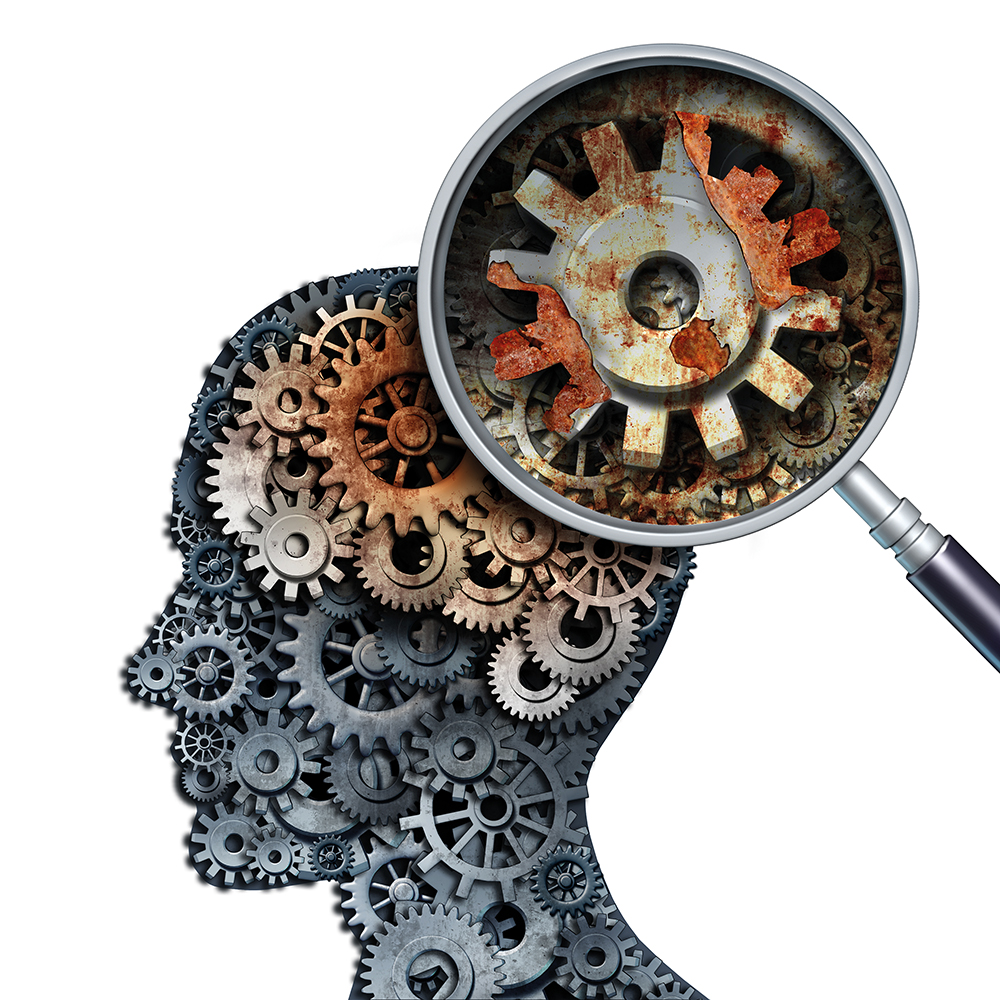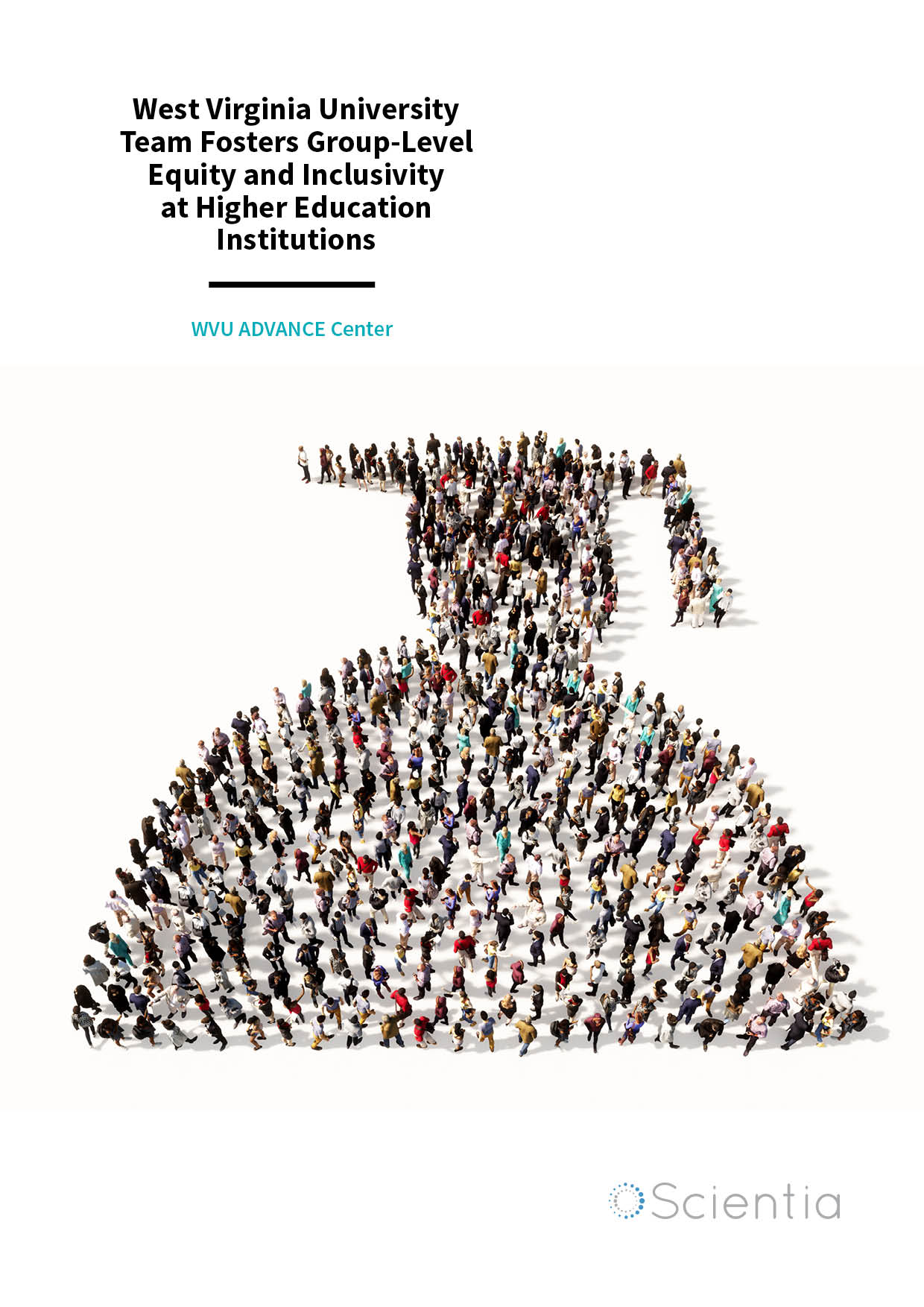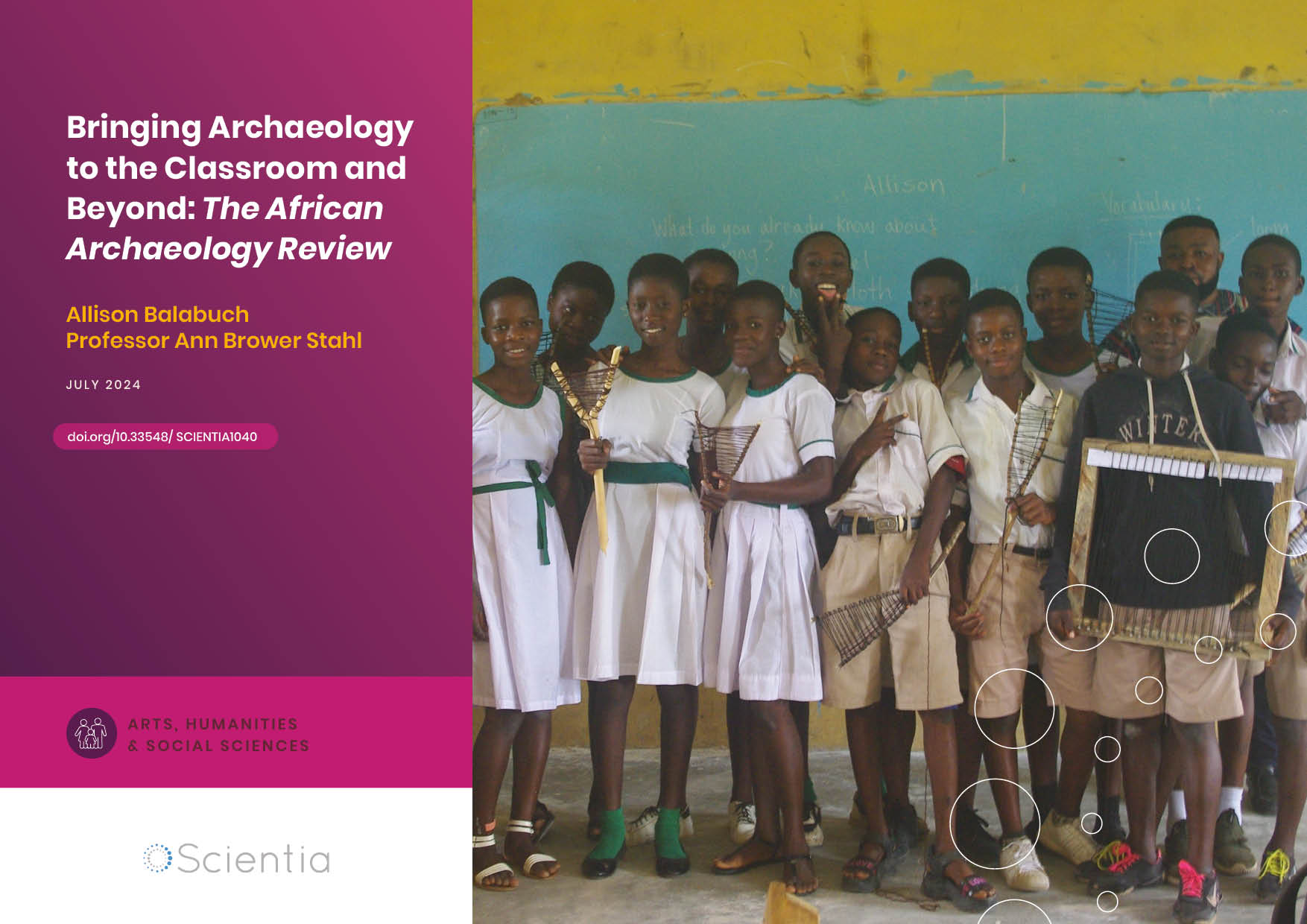Neuroscience Ireland
Neuroscience Ireland (NI) was established in 2005 as Ireland’s National Neuroscience Society, and is a registered charity in the Republic of Ireland. NI has a membership in the region of 200 scientists and clinicians, and represents Ireland on the Governing Council of the Federation of European Neuroscience Societies. In this exclusive interview, we speak with Professor Áine Kelly, President of NI, to hear about their vital work driving forward excellence in neuroscience in Ireland and internationally.
To begin, please tell us how Neuroscience Ireland (NI) was established.
Historically, neuroscientists based in Ireland had formed various groups and networks, and organised neuroscience-focussed scientific meetings, but by the early 2000s, it was obvious that to make progress, Ireland needed a single cohesive neuroscience society that was formally constituted. It was also recognised that this society should be affiliated with the Federation of European Neuroscience Societies (FENS). Hence representatives from all major universities in Ireland came together to form the first Council of Neuroscience Ireland (NI), which is celebrating its 15th year as a registered charity and as a FENS member society. Even though we are a young society, we are building on a long history of Irish contributions to brain science that are perhaps not as well-recognised or celebrated as they should be. Neuroscience Ireland aims to remedy that through an ongoing project run by our former President Dr Richard Roche of NUI Maynooth, the Virtual Museum of Irish Brain Science.

What is the overarching vision at NI? As President, what are your aims for the future?
Our stated mission is to advance research and education in the neurosciences in Ireland, and to represent Irish neuroscience researchers both nationally and internationally. That’s quite a wide remit but because of our active membership, we are making continuous progress. Despite chronic underinvestment in neuroscience research, Irish researchers are consistently publishing world-class work in top-tier journals. That’s a message that we really want to get out there – not just to showcase what we are already doing, but to signal what we could achieve given the appropriate financial supports.
As President, my main aims for the future are focussed on building networks and relationships nationally and internationally. At home, Neuroscience Ireland is a key element of the neuroscience network in Ireland, through membership of the Irish Brain Council and association with the Neurological Alliance of Ireland and other charities and patient advocacy groups. We also organise a variety of public engagement activities to highlight the important contribution neuroscientists can make to the health and wellbeing of the Irish people.
Neuroscience Ireland is an all-island society that represents members north and south of the border. Recently, we have been delighted to welcome new members from the University of Ulster and Queens University Belfast to our Council and we are hoping to increase and strengthen those north-south links and expand our membership across the island. Our next ‘Young Neuroscience Symposium’, a biennial scientific meeting focussed on early career researchers, is being organised by our colleagues based in Northern Ireland and will be held in November. Due to COVID-19, it will be a virtual event but the society hopes to host one of our in-person scientific meetings in Northern Ireland at some time in the future.
Ireland is a small country but we make disproportionately large contributions to science, as in many areas, due to our ability to build strong and lasting working relationships. Just as Ireland sees its future within Europe, Neuroscience Ireland sees membership of FENS as key to its future success. Two Irish members, myself and former President Dr Eilís Dowd of NUI Galway, currently sit on the Governing Council, and we have three members on the FENS’ standing committees. Having a voice at the European level is especially important as we continue to advocate for that important increased investment. We also have a particularly strong relationship with another FENS member society – the British Neuroscience Association (BNA) – with whom we have co-hosted scientific meetings. We want to see this relationship continue to flourish, notwithstanding the complex political and economic climate resulting from Brexit.
Overall, I want to grow the society and to engender within the membership a sense of belonging to a society that represents Ireland’s neuroscience community in all its geographic and disciplinary diversity.
‘Our stated mission is to advance research and education in the neurosciences in Ireland, and to represent Irish neuroscience researchers both nationally and internationally.’

How do you promote education and training for neuroscientists?
I sit on the FENS Committee for Higher Education and Training, so this area is a particular interest of mine. We are fortunate to have a talented pool of young researchers in universities throughout the country. We support these researchers in practical ways, by organising annual scientific meetings where they can share results and connect with each other and with international invitees and speakers. Every second year, this meeting takes the form of the Young Neuroscience Symposium mentioned above, which has a special emphasis on mentorship, networking and career development. We also provide travel bursaries to students and early career members to enable them to attend international conferences. All Neuroscience Ireland members are automatically members of FENS, which opens up huge opportunities for training and career development including the FENS summer schools and winter schools and the CAJAL Advanced Neuroscience Training Programme.
Do you provide funding opportunities for researchers?
We are a small society with limited resources, so we don’t have a budget to fund research directly. Instead, we channel our resources into providing funding for conference attendance to help researchers build their networks. We also provide small grants to help researchers host international conferences in Ireland.

In your opinion, what can neuroscience specifically bring to translational research and medicine?
In Ireland alone, over 800,000 people live with neurological conditions such as stroke, epilepsy, Parkinson’s disease, Alzheimer’s disease and multiple sclerosis and the associated costs are estimated to be €3 billion per annum. This is both a personal and a societal crisis, placing an enormous burden on healthcare systems. I think that improved diagnostics and treatments will only come from the type of interdisciplinary collaboration that characterises neuroscience. In Neuroscience Ireland we recognise this by ensuring disciplinary diversity within our Council membership by including clinicians and clinician-scientists, along with researchers working in basic and preclinical neuroscience research.
At the research level, relatively recent technologies like optogenetics have given neuroscientists better tools to explore and attempt to understand fundamental neurophysiological processes and disease processes. While these have the potential for therapeutic use, their invasive nature is an obvious drawback that must be overcome. But importantly, as has always been the case in scientific research, hypotheses, concepts and theoretical frameworks of understanding need to evolve alongside technologies if newly-discovered mechanistic information is to be applied for human benefit.
‘There will continue to be huge opportunities to apply knowledge from neuroscience research to different aspects of economic or societal activity…this is where scientific communication and public understanding of science are key.’

In recent years, neuroscience has given rise to a range of applied disciplines including neuroeconomics, neuroethics, and neurolaw. What opportunities and challenges do you see on the horizon as a result of this expansion of the application of neuroscience?
Many neuroscientists are very wary of the recent trend for sticking the ‘neuro’ prefix in front of an existing disciplinary name and heralding the arrival of a new discipline. It is not always helpful and can, in fact, be harmful if neuroscience findings are applied in an uninformed, misinformed or premature manner. One clear example here is of the increasing introduction, especially in the USA, of imaging data into the courtroom, where jurors or judges may not have the knowledge to understand the validity of the evidence or the scientific concepts being presented. That being said, there will continue to be huge opportunities to apply knowledge from neuroscience research to different aspects of economic or societal activity. To me, this is where scientific communication and public understanding of science are key. Researchers have a responsibility to communicate their findings to the public directly and in a considered and clear manner. We all have a part to play in ensuring the continuing credibility of scientists and public trust in the scientific enterprise.
E: neuroscience.ireland@gmail.com
W: https://neuroscienceireland.com/
Twitter: @NeuroscienceIRL
Reference
https://doi.org/10.33548/SCIENTIA561
Want to republish our articles?
We encourage all formats of sharing and republishing of our articles. Whether you want to host on your website, publication or blog, we welcome this. Find out more
Creative Commons Licence
(CC BY 4.0)
This work is licensed under a Creative Commons Attribution 4.0 International License. 
What does this mean?
Share: You can copy and redistribute the material in any medium or format
Adapt: You can change, and build upon the material for any purpose, even commercially.
Credit: You must give appropriate credit, provide a link to the license, and indicate if changes were made.
More articles you may like
Dr Ralf Adam | New Technologies Shaping the Future of Oral Hygiene
Understanding the efficiency of various toothbrush technologies is essential for achieving optimal oral health. Dr Ralf Adam, who leads a dedicated team at Procter & Gamble in Germany, is keen to investigate the complexities of these technologies. His team have provided new insights into the best toothbrush types for plaque removal and the maintenance of gum health. By highlighting the importance of informed oral care decisions and ongoing investigations, this vital research works towards ensuring everyone can achieve a brighter, healthier smile.
WVU ADVANCE Center | West Virginia University Team Fosters Group-Level Equity and Inclusivity at Higher Education Institutions
Despite ongoing efforts to broaden participation in the academy, many groups remain underrepresented. More needs to be done to ensure that all faculty and students succeed in institutions of higher education. The WVU ADVANCE Center is an academic hub at West Virginia University, which provides services, events, mentorship opportunities, and other initiatives that promote the sense of belonging that leads to thriving faculty and students.
Dr Olalla Castro-Alvaredo | Measuring Entanglement: Symmetry-Resolved Entropy
Dr Olalla Castro-Alvaredo of the City University of London (UK) and her collaborators are advancing our understanding of an important phenomenon of quantum mechanical systems known as entanglement and, especially, its mathematical measures. Symmetry-resolved entanglement entropy is one such measure. Their study focuses on special quantum states which are excited with respect to a ground state. The research shows how the entanglement amongst quantum particles can be measured and assesses the contribution to the entanglement of quasiparticle excitations, particularly in the presence of additional symmetries.
Allison Balabuch – Professor Ann Brower Stahl | Bringing Archaeology to the Classroom and Beyond: The African Archaeology Review
The African Archaeology Review (AAR) journal recently celebrated its 40th anniversary. To mark this occasion, a special issue was compiled with an innovative theme: Archaeology for Education. To achieve this, the AAR editorial team assembled a group of academic researchers in archaeology with the proposition of writing articles collaboratively with educators that would make their research centred on Africa’s rich pasts accessible for use in school learning. The goal is to change the stories we tell about Africa both within and outside the continent.




